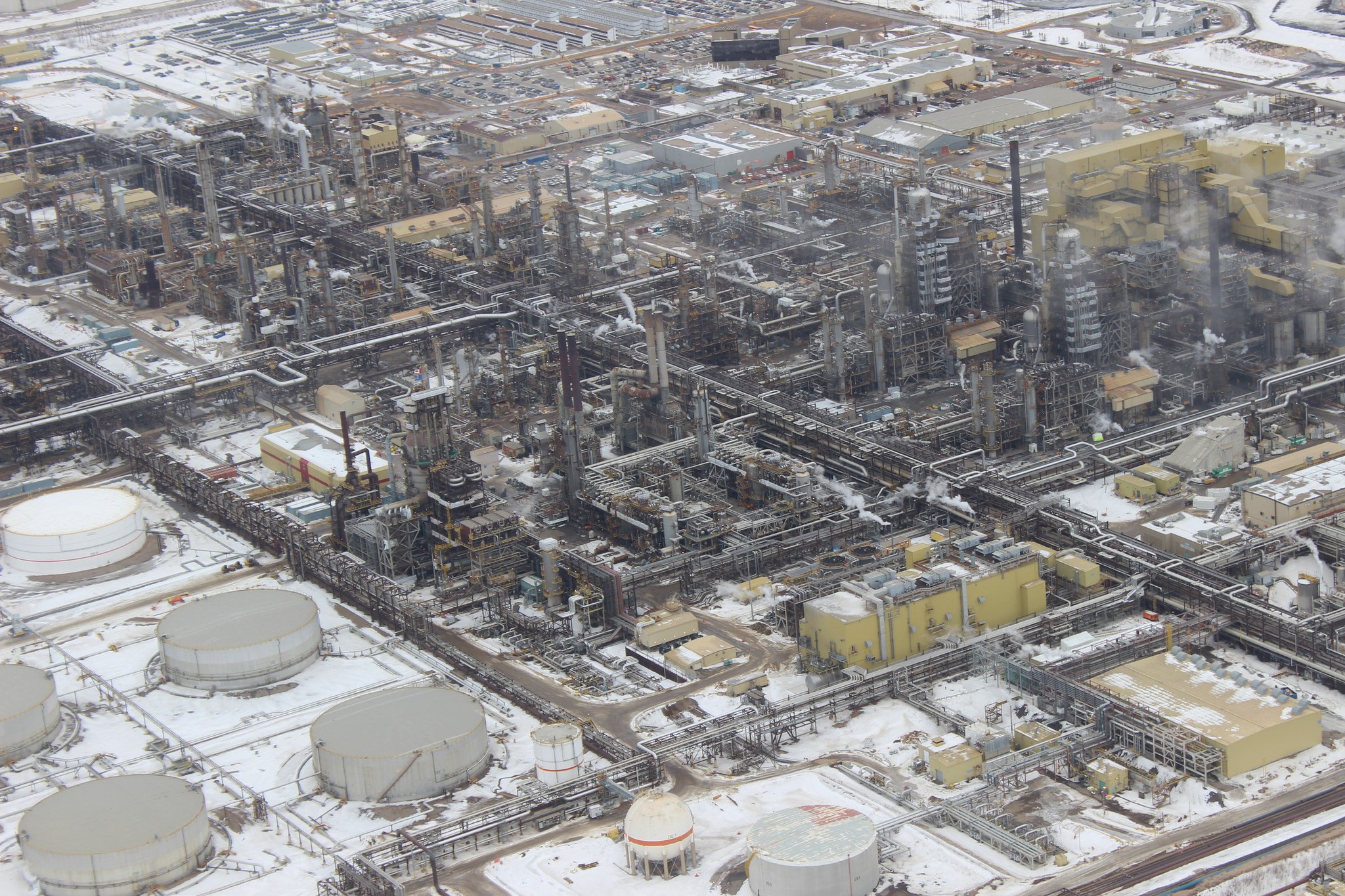
A fire burns along the road to Jacunda National Forest, near the city of Porto Velho in the Vila Nova Samuel region which is part of Brazil’s Amazon, on Monday, Aug. 26, 2019. Photo by The Associated Press/Eraldo Peres
Canada is forging ahead with trade talks with the South American Mercosur trading bloc, hoping to push Brazil to better protect the critical Amazon rainforest, a government spokesman said Tuesday.
The talks are continuing despite Brazil’s rejection of international funding to help fight fires in the Amazon, apparently over a personal spat with France’s President Emmanuel Macron.
Canada began trade negotiations last year with the four full members of the Mercosur group — Argentina, Brazil, Paraguay and Uruguay. There have been six rounds of talks, most recently in June.
Environment groups last week asked the federal government to abandon those talks in a bid to force Brazilian President Jair Bolsonaro to end the rapid deforestation experts say is partly to blame for the record number of fires burning in the Amazon this year.
Tuesday, NDP Leader Jagmeet Singh echoed them, saying in a statement that Prime Minister Justin Trudeau “is putting the interests of rich corporations ahead of the fight against climate change by continuing free-trade negotiations with President Bolsonaro.”
A spokesman for International Trade Minister Jim Carr said the talks will continue “because we are committed to diversifying our trading partners” but that trade is not the only thing on the agenda.
“As part of negotiations, Canada is seeking environmental provisions that would be more ambitious than the current (World Trade Organization) guidelines, and include sustainable forest management and combating illegal logging and related trade,” said Michael Jones. MORE




